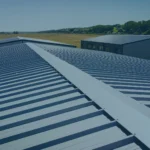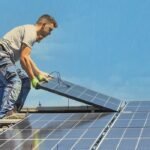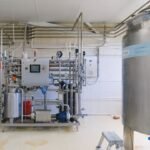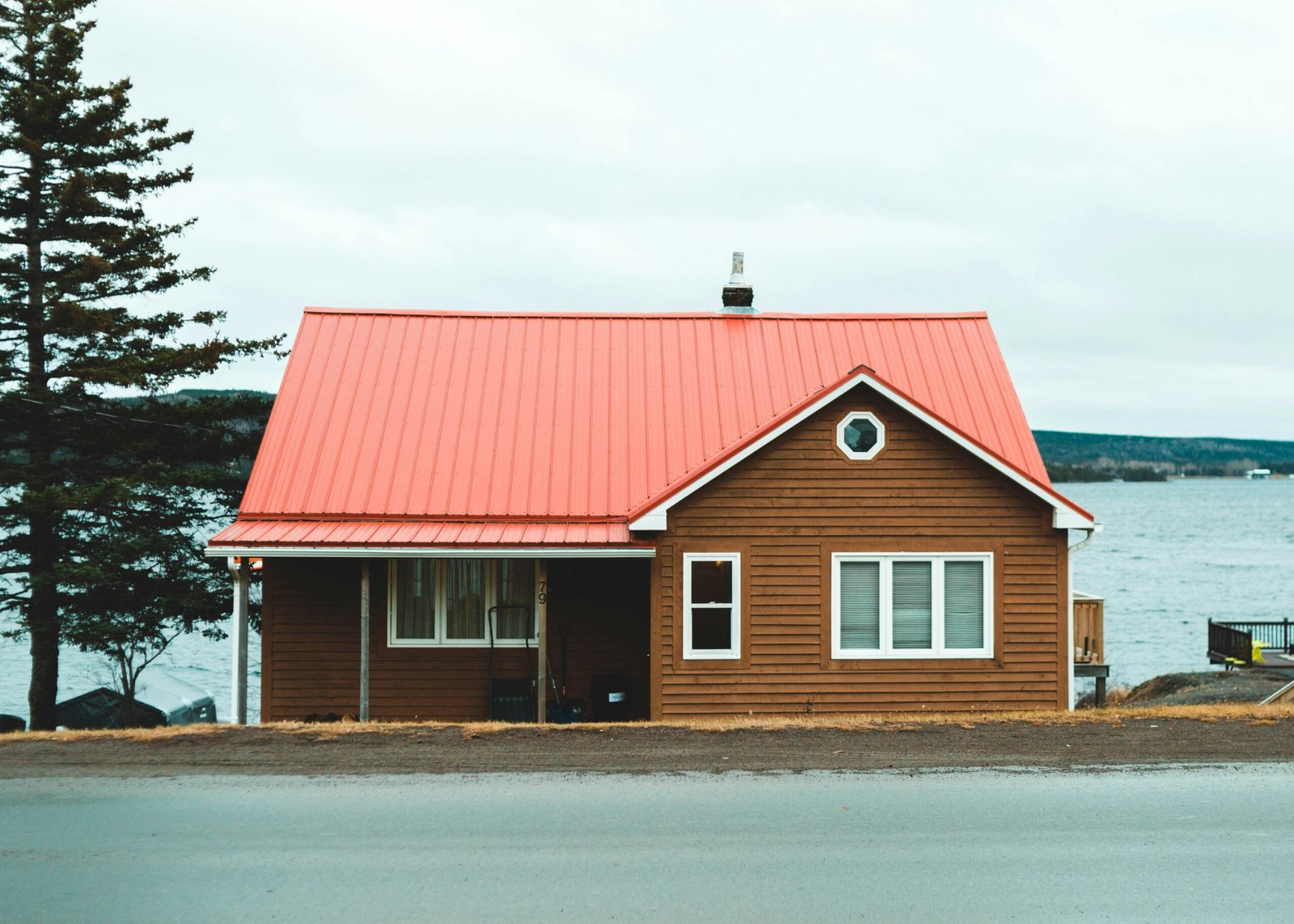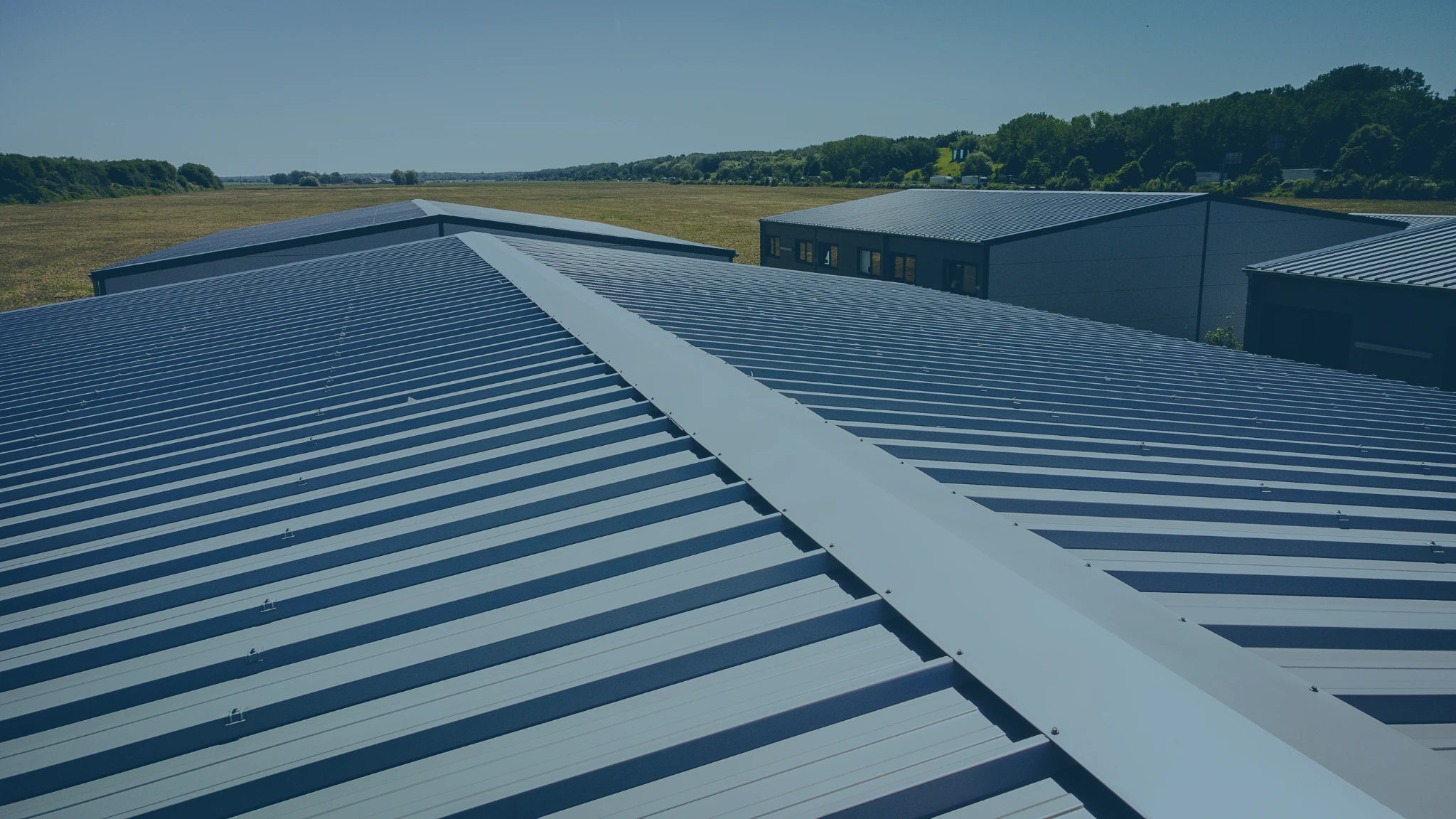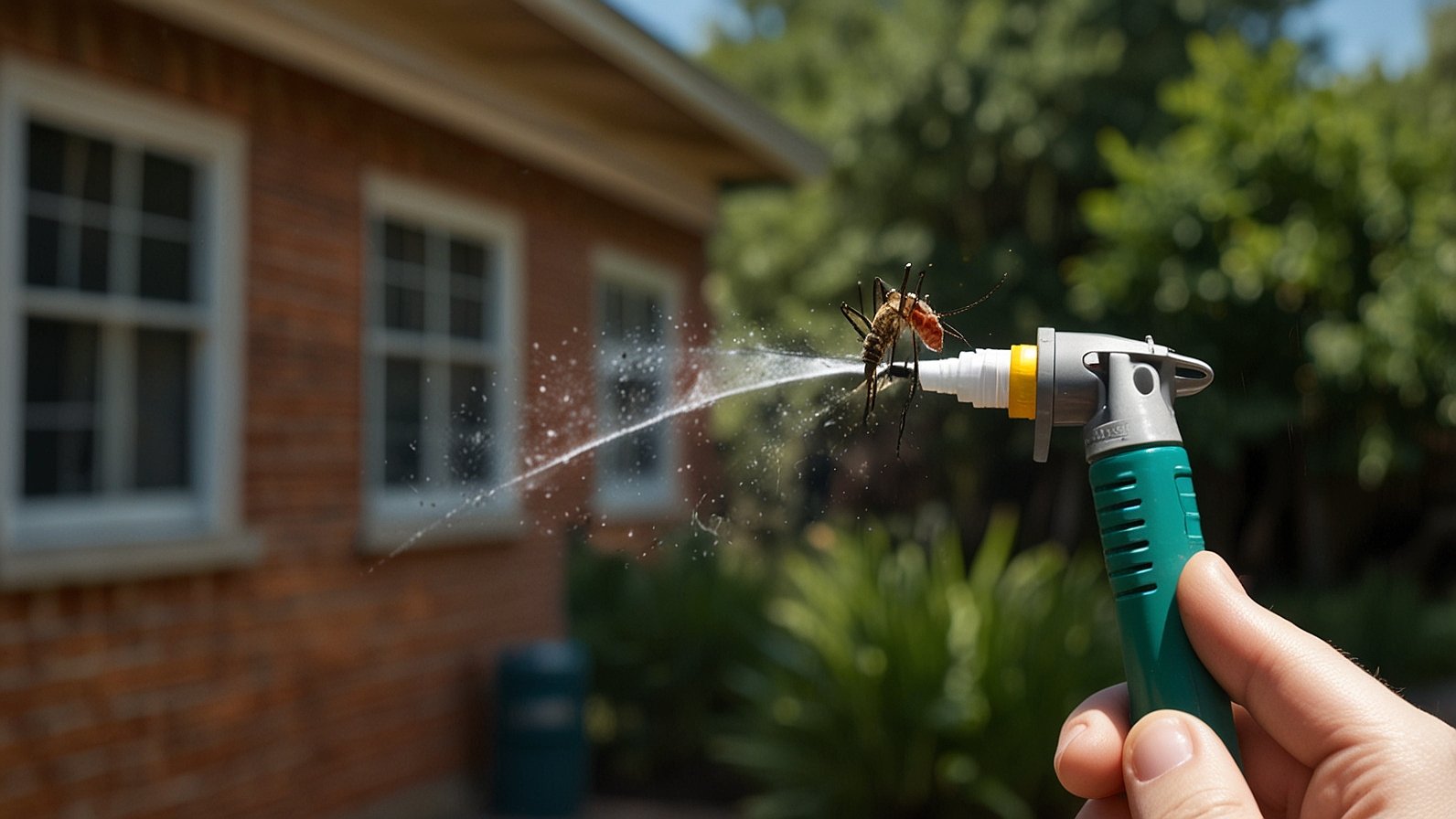Let’s be honest. How often do you actually think about your siding? For most homeowners, it’s just… there. The backdrop for family photos, the thing that keeps the rain out. That is, until a brutal Ontario ice storm leaves it cracked, a prairie hailstorm dimples it beyond recognition, or a coastal gale drives rain through seams you never knew existed.
Then, it’s all you can think about.
Here in Canada, our homes don’t just need to look good—they need to be fortresses. They need to stand up to -40°C wind chills and +30°C humid summers, often in the same year. The wrong siding isn’t just an aesthetic misstep; it’s a financial drain and a constant source of low-grade stress. So, when it’s time to choose new family siding, you’re not just picking a color. You’re selecting your home’s primary line of defense. And in my professional opinion, after seeing countless materials come and go, one solution consistently rises to the top for Canadian families: fiber-cement, specifically James Hardie siding.
This isn’t just another sales pitch. This is about making an informed decision for your biggest investment. Let’s break down why.
What Exactly Is Family Siding, Anyway? (It’s More Than Just Vinyl)
When we talk about “family siding,” what are we really getting at? It’s not an official industry term. To me, it’s shorthand for a material that checks all the boxes for a household. It’s not just about durability; it’s about safety, low maintenance (because who has time for endless painting?), aesthetics, and ultimately, value. It’s the siding you install and then, frankly, forget about for the next 25-30 years, so you can focus on what actually matters—your family.
For decades, vinyl has been the default choice. It’s affordable and does an okay job. But “okay” isn’t good enough when you’re facing a Newfoundland winter or a Alberta thunderstorm. Vinyl can crack, warp, fade, and let’s talk about the elephant in the room: it’s plastic. In a fire, it will melt and feed flames. That’s a risk I could never, in good conscience, recommend a family take.
So, what’s the alternative that balances all these needs?
Hardie Board: The Gold Standard in Fiber-Cement Siding
If vinyl is the basic sedan, James Hardie siding is the all-wheel-drive, winter-ready SUV. It’s engineered for battle. James Hardie didn’t just create a product; they created a system specifically designed for North American climates, with a precise recipe for the moisture levels and freeze-thaw cycles we know all too well here in Canada.
But what’s under the hood? Fiber-cement is a sophisticated composite of cement, sand, and cellulose fibers, pressed together under immense pressure to create a board that’s incredibly dense and durable. The result is a product that laughs in the face of Canadian weather.
The Unbeatable Benefits of Hardie Board for Your Home
1. Weather Resistance That’s Actually Warranted: Hardie siding is non-combustible. It won’t fuel a fire, giving your family precious extra moments to get to safety. It’s also resistant to wind, rain, and hail. With its ColorPlus® Technology finish, the color is baked on, so it resists fading from UV rays far better than painted wood or vinyl. Honestly, this isn’t talked about enough—a faded, tired-looking house can knock thousands off your property value.
2. The “Install It and Forget It” Maintenance Routine: Remember spending your weekends scraping, sanding, and repainting your old wood siding? Yeah, me neither. And that’s the point. With Hardie, a simple rinse with a garden hose once or twice a year is all it takes to keep it looking fresh. The finish is guaranteed not to chip, peel, or crack for 15 years. That’s a lot of weekends freed up for backyard barbecues and hockey practices.
3. Curb Appeal That Actually Curbs Envy: This is where the magic happens. Hardie isn’t just one product; it’s a system of profiles and styles. Want the classic, cozy look of a cottage? Hardie Shingle Siding has you covered. Prefer the timeless, rugged appeal of cedar shakes? Hardie Shingle Siding mimics it perfectly without the rot. Going for a modern farmhouse vibe? The crisp, clean lines of Hardie Panel Vertical Siding are a dream. And of course, the iconic Hardie Lap Siding offers that traditional horizontal look in a vast array of widths.
The best part? Because the color is integrated throughout the board, any minor nick or scratch from a stray baseball or wayward branch is virtually invisible. Try that with stained wood.
Hardie Board vs. The Competition: A Clear-Cut Comparison
Let’s put it all on the table. How does fiber-cement really stack up against other common siding materials?
| Feature | James Hardie (Fiber-Cement) | Vinyl Siding | Wood Siding | Engineered Wood |
|---|---|---|---|---|
| Durability | Excellent (Resists impact, rot, insects) | Fair (Can crack in cold, melt near grills) | Good (But susceptible to rot & insects) | Good (Better than wood, but can swell) |
| Fire Resistance | Non-Combustible (Best in Class) | Will melt and burn | Combustible | Combustible |
| Maintenance | Very Low (Occasional rinsing) | Low (But can fade and become brittle) | High (Staining/painting every 3-7 yrs) | Medium (Repainting needed) |
| Aesthetic Appeal | Authentic, high-end wood look | Can look plastic-like and artificial | Authentic, classic beauty | Good wood-look |
| Lifespan | 50+ years | 20-30 years | 20-40 years (with perfect upkeep) | 20-30 years |
| Cost | Mid-to-High Initial Investment | Low Initial Investment | High Initial Investment | Mid-Range Investment |
As you can see, while the initial investment for Hardie might be higher than vinyl, its incredible lifespan and near-zero maintenance make it the superior long-term value for a family home. You’re not just buying siding; you’re buying peace of mind for decades.
Why Professional Installation Isn’t a “Nice-to-Have”—It’s a Must
Here’s my take, and some DIY enthusiasts might disagree: installing Hardie board is not a weekend project. This isn’t hanging drywall. It’s a specialized craft.
James Hardie products are designed to perform as a system. That means specific nails, specific flashing techniques, and specific gaps for expansion and contraction. The installers need to be James Hardie Certified—a designation that means they’ve been trained directly by the manufacturer on the exacting standards required to validate that monster 30-year non-prorated warranty.
A non-certified installer might get it mostly right, but if they use the wrong fasteners or don’t leave the proper gap, you could be facing moisture issues down the road that void your warranty. Is that a gamble you’re willing to take on a project of this scale? I didn’t think so.
A professional contractor won’t just slap it on. They’ll:
- Conduct a thorough inspection of your sheathing and weather barrier.
- Use precision cutting tools to minimize dust and ensure clean lines.
- Follow the manufacturer’s installation guide to the letter.
- Clean up thoroughly, leaving you with a stunning transformation, not a construction site.
Frequently Asked Questions
1. Is Hardie board siding too expensive for the average Canadian homeowner?
While the upfront cost is higher than vinyl, it’s a long-term investment. You save significantly on maintenance, painting, and early replacement costs. Factor in the boost to your home’s resale value and its 50-year lifespan, and it often becomes the most economical choice over time.
2. How does it hold up in extreme cold and freeze-thaw cycles?
Exceptionally well. It’s specifically engineered for North America’s climate zones. Unlike vinyl, which becomes brittle and can shatter in extreme cold, fiber-cement maintains its structural integrity, and its resistance to moisture prevents the damaging expansion and contraction that ruins other materials.
3. Can it be painted a different color later?
Absolutely! One of its great features is that it takes paint beautifully. While the pre-finished ColorPlus® finish is incredibly durable, you can always paint over it in the future if you want a change, just like you would with wood.
4. Is it true that it can be damaged by water?
This is a common misconception. The finished product is highly water-resistant. The vulnerability is during the installation process—if the cut ends and back of the boards are not properly prepared and sealed according to code, moisture could wick in. This is the #1 reason you hire a certified professional who knows these protocols inside and out.
5. What about the environmental impact?
James Hardie has made significant strides in sustainability. Their manufacturing process recycles water and uses a high percentage of recycled materials. Furthermore, its long lifespan means it won’t end up in a landfill every 20 years like other materials, making it a more sustainable choice over the full life of your home.
6. How long does a full siding replacement typically take?
For an average single-family home, a professional crew of certified installers can typically complete the project in 1-2 weeks, depending on the complexity of the architecture and the weather.
7. Does James Hardie offer a warranty?
Yes, and it’s one of the best in the business. The Hardie® warranty includes a 30-year non-prorated product warranty and a 15-year warranty on the finish. Crucially, this warranty is only valid if installed by a certified professional.
The Final Word: An Investment in Peace of Mind
At the end of the day, your home is your sanctuary. It’s where your kids grow up, where you host holidays, and where you build a life. The siding you choose is the guardian of all of that. It’s not a place to cut corners.
Opting for professionally installed James Hardie siding isn’t just a home improvement decision; it’s a decision to stop worrying. You’ll stop worrying about the next storm, the next harsh winter, the cost of repainting, or what would happen in the unlikely event of a fire. You’ll just enjoy a beautiful, strong, resilient home.
YOU MAY ALSO LIKE: Maximizing Your Home’s Value with a Quality Roof
